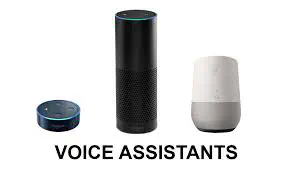Spying through your voice assistants: Realistic voice command fingerprinting

Abstract
Voice assistants are becoming increasingly pervasive due to the convenience and automation they provide through the voice interface. However, such convenience often comes with unforeseen security and privacy risks. For example, encrypted traffic from voice assistants can leak sensitive information about their users’ habits and lifestyles. In this paper, we present a taxonomy of fingerprinting voice commands on the most popular voice assistant platforms (Google, Alexa, and Siri). We also provide a deeper understanding of the feasibility of fingerprinting third-party applications and streaming services over the voice interface. Our analysis not only improves the state-of-the-art technique but also studies a more realistic setup for fingerprinting voice activities over encrypted traffic. Our proposed technique considers a passive network eavesdropper observing encrypted traffic from various devices within a home and, therefore, first detects the invocation/activation of voice assistants followed by what specific voice command is issued. Using an end-to-end system design, we show that it is possible to detect when a voice assistant is activated with 99% accuracy and then utilize the subsequent traffic pattern to infer more fine-grained user activities with around 77-80% accuracy
Important Links
You can download the datasets used using the following links
- simple_50_alexa.zip (~3.2 GB)
- simple_50_siri.zip (~1.0 GB)
- simple_50_google (~1.3 GB)
- simple_100_alexa (~3.2 GB)
- stream_15_alexa (~14 GB)
- skills_100_alexa (~13 GB)
- mix_100_alexa (~91 GB)
- mix_100_alexa_train_ir (~11 MB)
- mix_100_alexa_test_ir (~3 MB)
- test_dataset (~35 MB)
Docker image can be downloaded from this link (~4.4 GB)
You can access the code repostory and instructions on how to setup via the Github link https://github.com/dilawer11/va-fingerprinting/.
Archived version of the dataset can be accessed from Zenodo using the following doi: https://doi.org/10.5281/zenodo.8037394